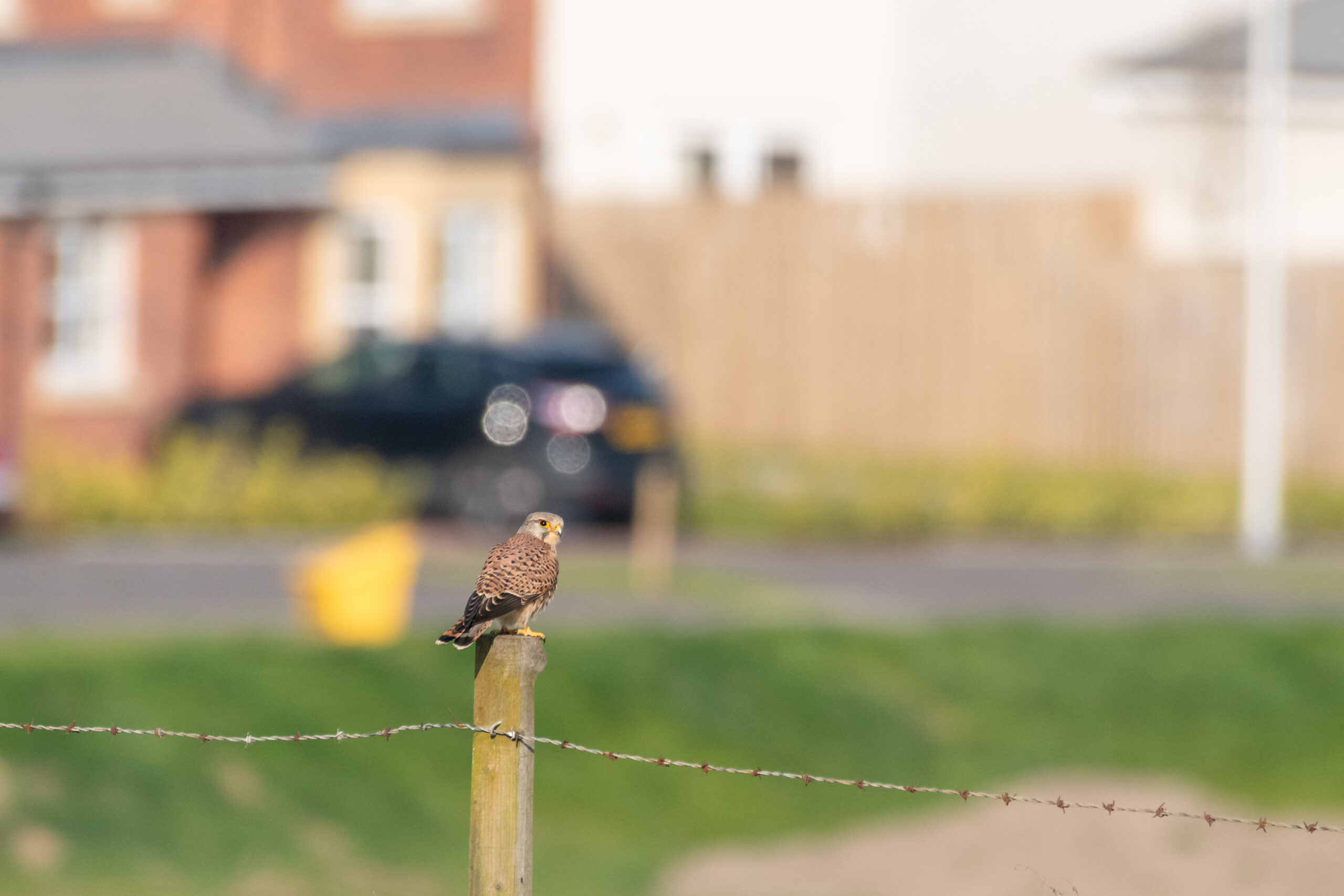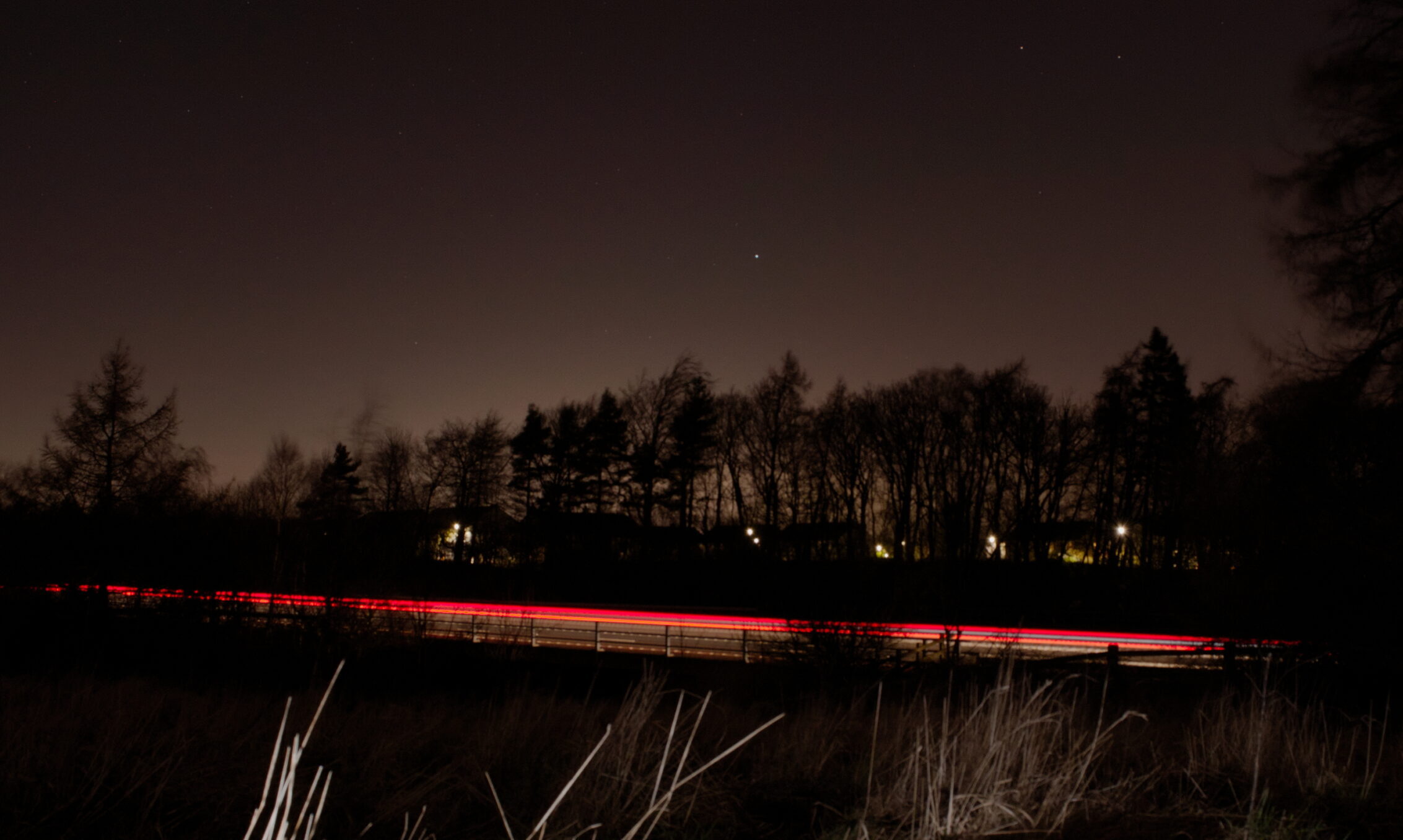The Future of Edinburgh’s Greenspaces
,
This is the sixth in a series of blog posts on Edinburgh’s greenspaces, by postgraduate student, Jamie McDermaid. Jamie is studying Environment, Culture, and Communication at the University of Glasgow – with a particular interest in urban nature.This blog post discusses the future of Edinburgh’s greenspaces, evaluating concepts such as greenbelts, ‘edgelands’, and green infrastructure in terms of shaping the city’s future. The ultimate vision is a green city where everyone has easy access to a high-quality, ecologically sustainable environment.
Benefits and Limitations of Greenbelts
Edinburgh’s greenbelt is a vital part of the city and has helped to protect greenspaces around its edges. This is because it prevents urban expansion into the surrounding countryside. But some questions remain over its accessibility and its present and future land-use, particularly with continued development pressure.
For many Edinburgh residents, the greenbelt at the edge of the city is too far away to regularly access. Instead, people access the greenspaces closest to them, especially during lockdown because of a reduction in public transport use and an increased need to access sites within walking distance. Additionally, many of these urban greenspaces in the city are just as ecologically valuable as the greenbelt, if not more. Much of the land in the greenbelt is used for agriculture whereas places like Holyrood are managed specifically for nature. The future of the city’s greenspaces should be more focused on protecting the greenbelt and managing it more sustainably.

©Jamie McDermaid
The greenbelt does, however, allow for the formation of ‘edgelands’. This term was first coined by Marion Shoard and refers to untidy, complicated spaces which are neither fully urban nor rural. These spaces are often disregarded, which is exactly why nature can thrive here. Perhaps the future of Edinburgh’s greenspaces might focus on the protection of the greenbelt then, but with an emphasis on increasing the size and number of edgelands. Yes, edgelands are created accidentally, but if we deliberately leave room for them then we will create more space for nature and benefit people through the resulting ecosystem services.
In Edinburgh, edgelands can be found in the woodlands and grasslands around the city bypass, where the end of the urban sprawl meets the beginning of open farmland and hills. These provide vital habitats and corridors for wildlife, and are largely left out of development due to their proximity to the motorway. It is this disregard that allows nature to safely and quietly thrive.

©Jamie McDermaid
Green Infrastructure
Like the ‘edgelands’, the concept of green infrastructure does not draw a clear distinction between urban and rural. Instead, it promotes a system of urban development which integrates greenspaces into everyday city life. Some examples of this might be planting trees in urban areas or installing green rooves and green walls (which incorporate vegetation and plants onto city buildings). Unlike some parts of the greenbelt, green infrastructure focuses on the benefits that greenspaces bring to people and nature – the ecosystem services. Edinburgh Nature Network mapped many of these services across the city and identified areas where these might also be improved. The future of Edinburgh’s greenspaces will depend upon us making these improvements.
Emotional Connections to the City
As seen in the interview with the residents of Edinburgh, emotional connections to childhood greenspaces have led to a general feeling of mourning for what has already been lost. Restoring these losses and fostering an emotional connection to greenspace for future generations will therefore be vital for Edinburgh. We want future generations to look back and marvel at how much the city’s greenspace has improved in their lifetime. Maintaining these emotional connections is key to this.
Having quality greenspaces close to homes in the city also positively impacts residents’ experiences and opinions of their home city, therefore increasing emotional connection. It has been found that having available greenspace nearby can reduce the stresses of everyday urban life and increase physical health. Nature even has restorative effects for recovering hospital patients. Furthermore, the more contact we have with wildlife, the more we want to protect it (which is why many city-dwellers are becoming more and more disconnected from nature). Increasing the positive effects of nature and ensuring that greenspaces are sustainably managed will improve the city for both people and wildlife.

©Jamie McDermaid
A Green City
Edinburgh is already a very green city but there is still much open space that is managed for sports, recreation, and agriculture; but with little consideration for wildlife. By combining current land uses with ecological goals, these spaces can be utilised as areas for both people and nature. In doing so, they will make these parks, fields, and golf courses more pleasant and inclusive places to visit.
To improve urban areas for wildlife, we also need to better understand how we coexist with them. Most of our basic knowledge of species and populations is based on rural studies rather than how they are adapting to survive in anthropocentric environments. We must learn how to balance the needs of humans and nature in the city.
It is also clear that increasing and integrating urban wildlife habitats is far better than allowing human activity to entirely remove and replace it. The danger of ignoring this will be a complete disconnect between wildlife and city-dwellers, which will ultimately lead to inaction in terms of biodiversity loss and climate change. If we don’t integrate ecosystem services into the design of cities, we will be unable to support our growing population, as well ecosystems collapsing. The consequences of this would be catastrophic.
The future of Edinburgh’s greenspace therefore depends on improving and sustainably managing urban habitats. The more people that can access nature, the more that will want to protect it. Fostering these emotional connections with urban wildlife will be absolutely key to the city’s future.
Jamie McDermaid
